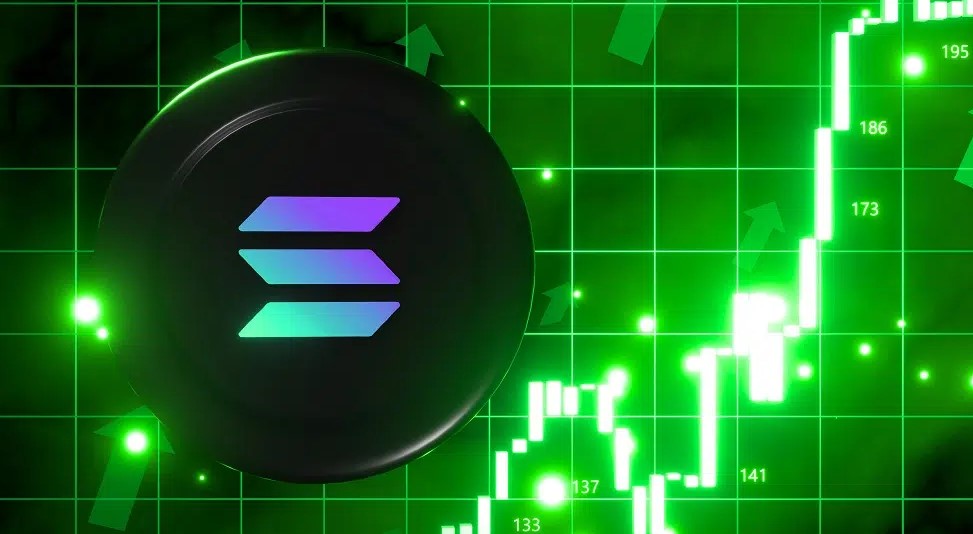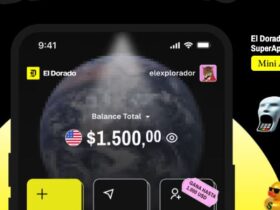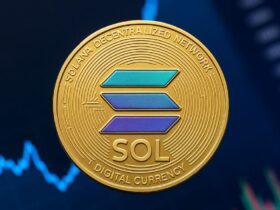In September 2023, Solana had the least network activity after the exchange crash.
Volumes on DEX have a growth that Hashdex describes as “impressive.”
The Solana network has seen a resurgence since late 2023, returning to activity levels prior to the FTX exchange collapse.
Although FTX was a crucial pillar for the project, Solana has demonstrated a remarkable capacity for resiliencerecovering from the crisis and regaining its position in the market.
According to a report of the Brazilian investment firm Hashdex, Solana has managed to leave behind that “heavy backpack” that he was carrying since the exchange’s fall.
Towards the end of 2023 and early 2024, activity on the Solana network not only returned to pre-FTX collapse levels, but surpassed them.
On-chain activity related to the number of transactions fell 53% (464 million) as of mid-2022, and then recovered 128% (1 billion) since September of this year, as seen in the following graph.

This marks a resurgence that cemented Solana once again as a relevant player in the digital asset space.
The fall and growth of Solana
To understand the magnitude of Solana’s recovery, It is necessary to remember the close financial link that it maintained with FTX before its collapse.
In September 2022, the Solana Foundation revealed that it had $1 million in cash and other assets deposited on the exchange, which were inaccessible after its bankruptcy.
Additionally, the foundation owned 3.24 million shares of FTX Trading Ltd, along with 3.43 million FTT tokens and 134 million SRM tokens, of the decentralized exchange project Serum, also linked to FTX.
Between 2021 and 2022, FTX and its affiliate firm Alameda Research purchased 50.5 million of the Solana (SOL) cryptocurrency, positioning Solana as one of the most supported assets by the platform founded by Sam Bankman-Fried.
This support generated high expectations regarding the potential of the project. However, the fall of FTX, which occurred on November 11, 2022, unleashed a dark winter for the cryptocurrency market, severely affecting Solana and its price, which fell to worrying lows.
The collapse of FTX left deep scars on the Solana ecosystem. Sam Bankman-Fried, the former CEO of FTX, was accused of diverting more than $8 billion of its users’ funds, causing millions in losses for clients and companies linked to the exchange.
The impact on the price of SOL was devastating: 2023 began with a price of just 12 dollars. However, as the year progressed, Solana began its slow but steady recovery. In the last year it appreciated by 608%, as seen in the graph of TradingView.

Currently, the SOL cryptocurrency is trading at $155, moving significantly away from the $12 it started 2023 with, although it is still 40% from its all-time high of $260achieved in November 2021.
Key recovery factors
Various factors have been key to Solana’s resurgence. One of the most notable has been the growth in volumes on the network’s decentralized exchanges (DEX).
According to Hashdex, after a drop of approximately 41% between September 2022 and September 2023, DEX volumes on Solana skyrocketed, closing the third quarter of 2024 with a 5,261% increase in the last 12 months, as seen see in the following graph.

This indicator is a clear sign that the network is very active, attracting both users and developers to its ecosystem.
Among other factors that drove this growth, airdrops stand out, free token distributions that incentivized community participation and increased the adoption of the network, as reported by CriptoNoticias.
Likewise, memecoins, tokens that quickly gained popularity, helped attract a broader user base, raising Solana’s visibility.
Finally, the growth of the decentralized finance (DeFi) ecosystem on Solana has been key. The expansion of DeFi applications and services has strengthened the usefulness and relevance of the network, attracting both users and developers, who see Solana as a solid and growing ecosystem.






Leave a Reply